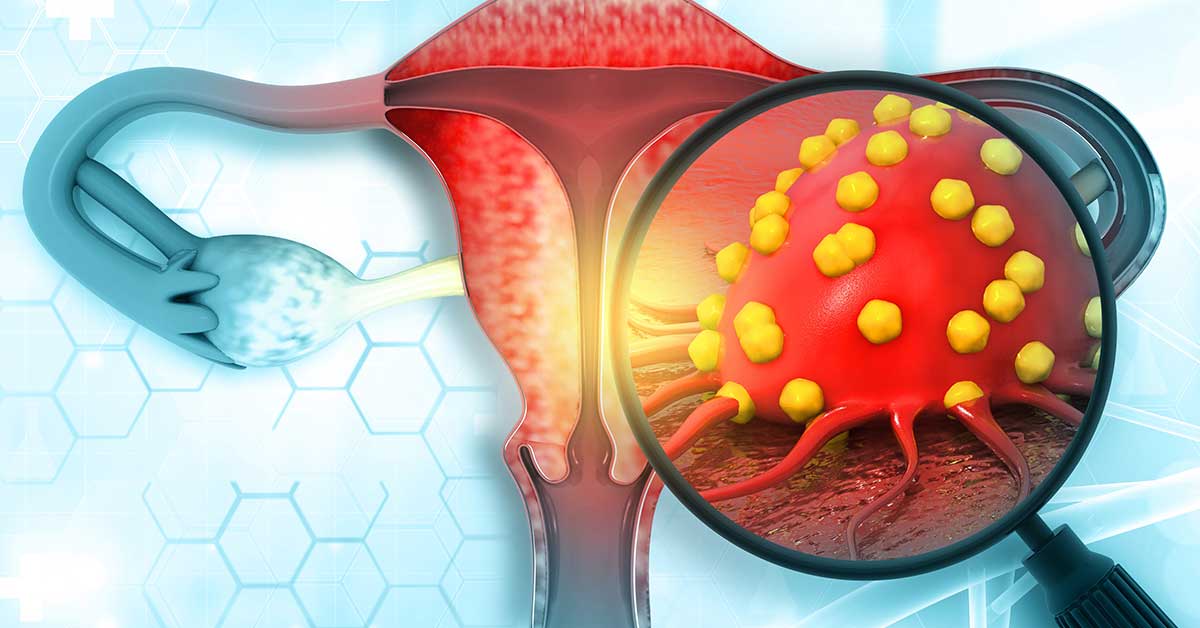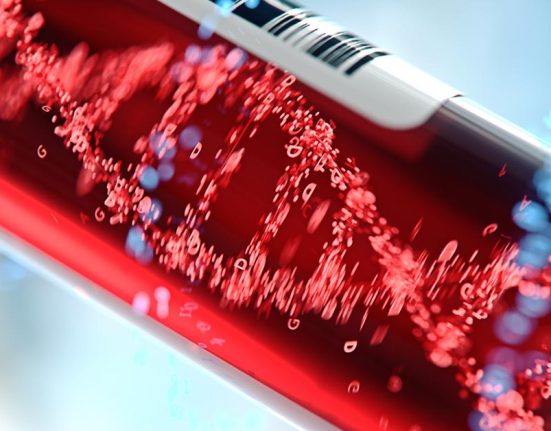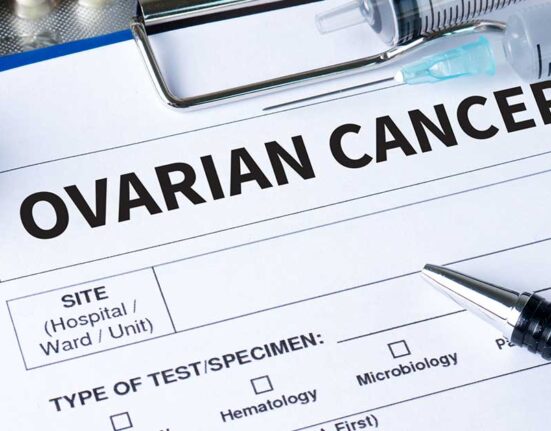What Is Ovarian Cancer?
Ovarian cancer develops in the ovaries and can occur to women of all ages but is most common with women aged 50 years older. In Singapore, ovarian cancer is the sixth most frequently occurring cancer among the female resident population according to the Singapore Cancer Registry Annual Report 2020. Ovarian cancer stages, diagnosis, and treatment is discussed in this article.
Ovarian Cancer Stages
The ovarian cancer stages describe how far the cancer has spread within the body and is crucial in determining the best treatment options for an individual with ovarian cancer.
There are four ovarian cancer stages and are categorised based on the size and how far the cancerous cells have spread.
Stage I: Cancer cells are present in one or both ovaries and are confined within the ovaries, not yet spreading to other parts of the body. Considered as an early stage cancer in the ovarian cancer stages that offers a high survival rate. Preferred treatment in this stage is surgery to remove the ovary or ovaries affected.
Stage IA: Growth in 1 ovary
Stage IB: Growth in 2 ovaries
Stage IC: Tumour is either stage IA or IB and has tumour on surface of one or both ovaries
Stage II: Cancer has spread beyond the ovaries and into other areas of the pelvis. It may have spread into the uterus, fallopian tubes, or other nearby organs. Treatment in this ovarian cancer stage typically involves surgery to remove the ovary and other affected tissues in the pelvis and chemotherapy.
Stage IIA: Spread to the uterus or fallopian tubes
Stage IIB: Spread to pelvic tissues or nearby pelvic organs
Stage IIC: Tumour is either stage IIA or IIB and with tumour on surface of one or both ovaries
Stage III: Cancer has spread beyond the pelvis and into the abdomen. It may have spread to lymph nodes in the abdomen or groin or also to the lining of the abdomen. Treatment for stage 3 of the ovarian cancer stages involves surgery to remove the cancer and chemotherapy afterwards.
Stage IIIA: Spread to lymph nodes outside or behind the peritoneum or outside of the pelvis
Stage IIIB: Spread to the peritoneum and is 2cm or less than 2cm in diameter
Stage IIIC: Spread to the peritoneum and is larger than 2cm in diameter
Stage IV: Cancer has spread beyond the abdomen and in the other parts of the body such as liver, lungs, or bones. Treatment usually involves chemotherapy to slow the growth of cancer.
Ovarian Cancer Diagnosis
Aside from medical history and physical examination, there are diagnostic tests and procedures performed to diagnose if an individual has ovarian cancer. Some of them are:
Pelvic Examination – During this examination, a doctor will visually and manually examine the woman’s reproductive organs to check for any abnormalities.
Blood Test – This test may be ordered to detect certain proteins in the blood such as CA 125. The level of CA 125 is usually high in women with ovarian cancer. Tumour marker test for CA 125 is often offered as part of health screening but do note that it is not typically a recommended test for routine screening for women of average risk.
Blood test is also not specific to ovarian cancer and not a conclusive measurement for the diagnosis of ovarian cancer.
Imaging Test – Imaging tests like ultrasound scan, CT scan, or MRI may be ordered to visualize the ovaries and pelvic structures. It may help determine the location and size of the cancer and whether it has spread to other parts of the body. Pelvic ultrasound is also often offered as part of health screening.
Ovarian Cancer Treatment
Ovarian cancer treatment depends on several factors such as the ovarian cancer’s stage and type as well as the patient’s age and overall health. Main treatments for ovarian cancer involve surgery, chemotherapy and targeted therapy.
- Surgery – The primary treatment for ovarian cancer. It aims to remove as much cancer as possible. In some ovarian cancer stages, removal of ovaries, fallopian tubes, uterus and surrounding lymph nodes may be necessary.
- Chemotherapy – Is usually ordered if the cancer is already advanced or aggressive. Chemotherapy may be given during or after a surgery, depending on the ovarian cancer stage and frequency depends on a patient’s individual case.
- Targeted Therapy – A treatment that uses drugs to target cancer cells. These drugs work by interfering with specific molecules or pathways that cancer cells use to grow and spread.
Further Reading That Might Interest You
Protect against cancer, cardiovascular disease, and other chronic diseases with regular health screening. Compare and shop for health screenings from Singapore and regional healthcare providers at a single convenient platform - shop.health365.sg
This article is informative only and is not intended to be a substitute for professional medical advice, diagnosis, or treatment, and should never be relied upon for specific medical advice.










